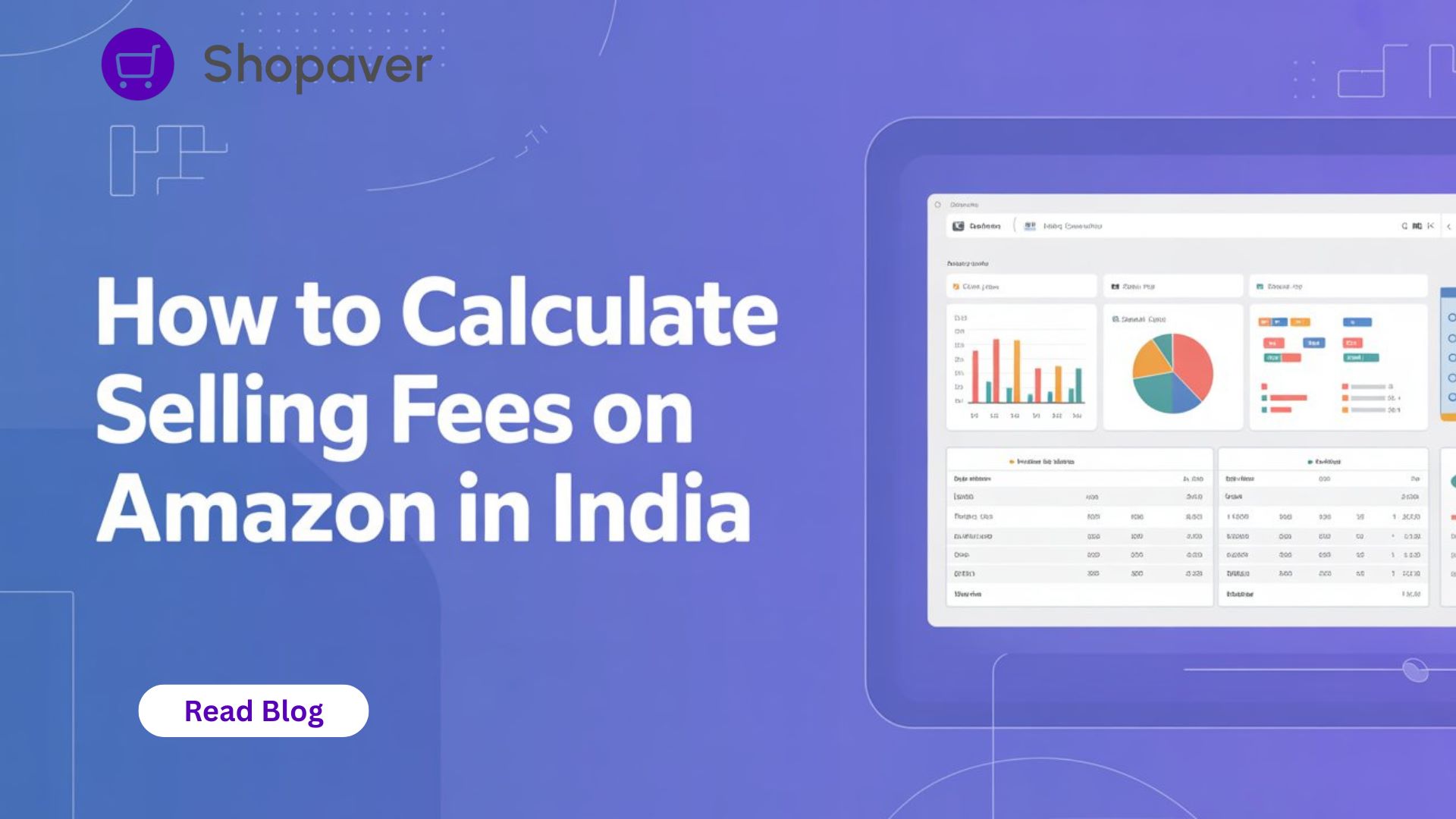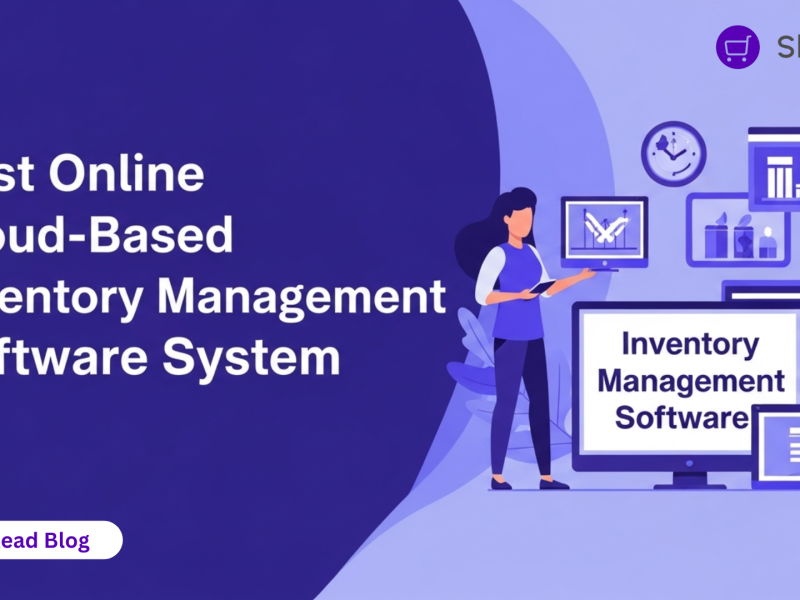Selling on Amazon India looks simple — list a product, someone buys it, you ship it, and you get paid. But behind every order sits a mix of Selling Fees on Amazon, including Amazon charges, referral fees, closing fees, fulfilment costs, GST, returns, and more. If you don’t track these Amazon India fees properly, your profit can disappear without you noticing.
This guide explains how to calculate Selling Fees on Amazon step-by-step and shows the key costs that every Indian seller must understand.
Why Selling Fees on Amazon Matter for Every Seller
When you sell on Amazon India through the marketplace model, Amazon charges several fees for using the platform and fulfilment. According to Amazon’s seller FAQ, a referral fee is charged on each sale, based on product category and selling price.
If you ignore these Amazon charges while setting your price or calculating margins, you could end up selling at a loss — even when your product cost is low. Understanding your Amazon selling cost helps you answer important questions like:
- Should you use Easy Ship, FBA, or self-ship?
- What margin do you need to stay profitable?
- Is your product category too competitive or too expensive?
Key Types of Selling Fees on Amazon India
Here are the major components of Selling Fees on Amazon:
1. Referral Fee (Marketplace Commission)
This is the main Amazon referral fee, charged as a percentage of the product’s selling price (sometimes including shipping). Rates vary by category — from ~2% to 20%+.
Formula:
Referral Fee = Selling Price × Referral Fee %
Example: Selling a book for ₹450 at 4.5% referral fee → ₹20.25
2. Closing Fee / Fixed Fee
Some categories have a fixed closing fee depending on price band, especially for Easy Ship or FBA. This fee must be added to your Amazon selling cost.
3. Shipping / Fullfilment Fee
If you choose Easy Ship or FBA, you’ll pay shipping/fulfilment fees, also called weight handling fees. Even self-ship sellers have courier charges.
4. Storage Fee (FBA Sellers)
For sellers storing stock in Amazon’s warehouses, FBA charges storage fees — especially for bulky or slow-moving items.
5. GST on Fees
Most fees come with 18% GST, which you may claim as input credit if registered.
6. Returns & Hidden Costs
Return shipping, removal fees, damage charges, and packaging expenses also impact your total Amazon India fees.
Step-by-Step: How to Calculate Total Selling Fees on Amazon India
Step 1: Choose Your Selling Price
Example: ₹1,000.
Step 2: Find Your Category Referral Fee
Assume 10%.
Step 3: Calculate Referral Fee
₹1,000 × 10% = ₹100.
Step 4: Add Closing Fee
Assume ₹30.
Step 5: Add Fulfilment / Shipping Cost
Assume ₹50.
Step 6: Add GST on Fees
Total pre-GST fees = ₹180 → GST approx. ₹18–32 depending on rule.
(Example uses ₹18.)
Step 7: Calculate Total Selling Fees on Amazon
Total Fees = ₹100 + ₹30 + ₹50 + ₹18 = ₹198
Net Payout = ₹1,000 – ₹198 = ₹802
Step 8: Subtract Product Cost
If your product costs ₹600, net profit = ₹202 (20.2% margin).
Tools to Calculate Selling Fees on Amazon
Because Amazon India fees vary by product, category, and fulfilment mode, use calculators like:
- Amazon India Pricing & Fee Calculator
- Third-party “Amazon India Seller Fee Calculators”
- FBA/Easy Ship fee estimator tools
These tools simplify margin planning and prevent under pricing.
Special Factors for Indian Sellers
- Category-wise referral fee differences
- Price band–based commission rules
- Choosing between FBA, Easy Ship, and Self-Ship
- GST input credit impact
- High return rates
- Changes in Amazon fee structure during festive sales
Tips to Improve Your Margins
- Reduce procurement cost
- Pick categories with lower Amazon commission
- Optimize size/weight of items
- Track actual vs estimated Amazon charges
- Avoid slow-moving inventory
- Use dynamic pricing strategies
Frequently Asked Questions
Q1: Does Amazon deduct fees automatically?
Yes, fees are deducted before payouts.
Q2: Can increasing shipping reduce fees?
Not always — referral fee may apply on total price including shipping.
Q3: Are there hidden Amazon charges?
Yes: removal fees, damage fees, storage, long-term FBA charges, and return processing.



